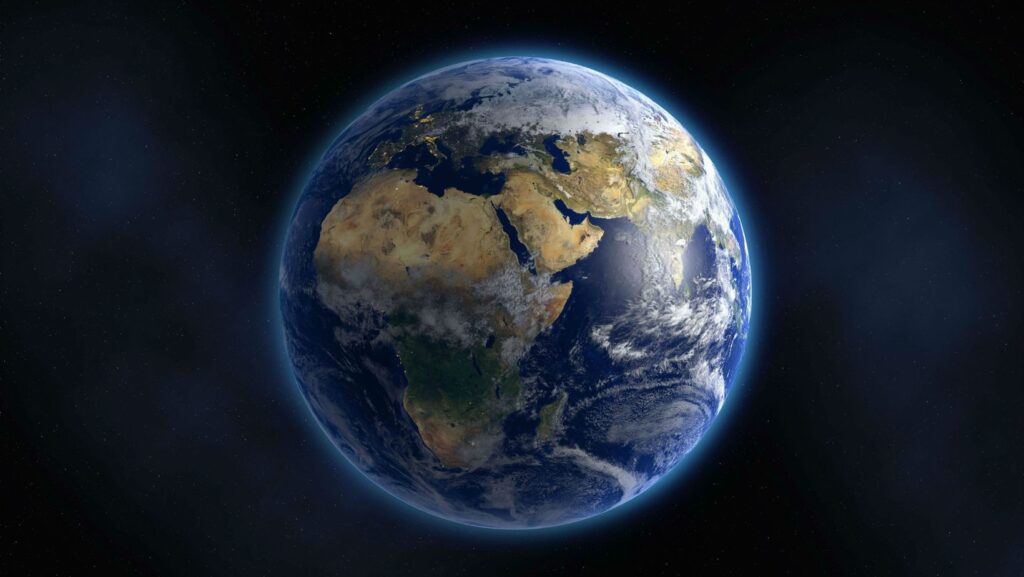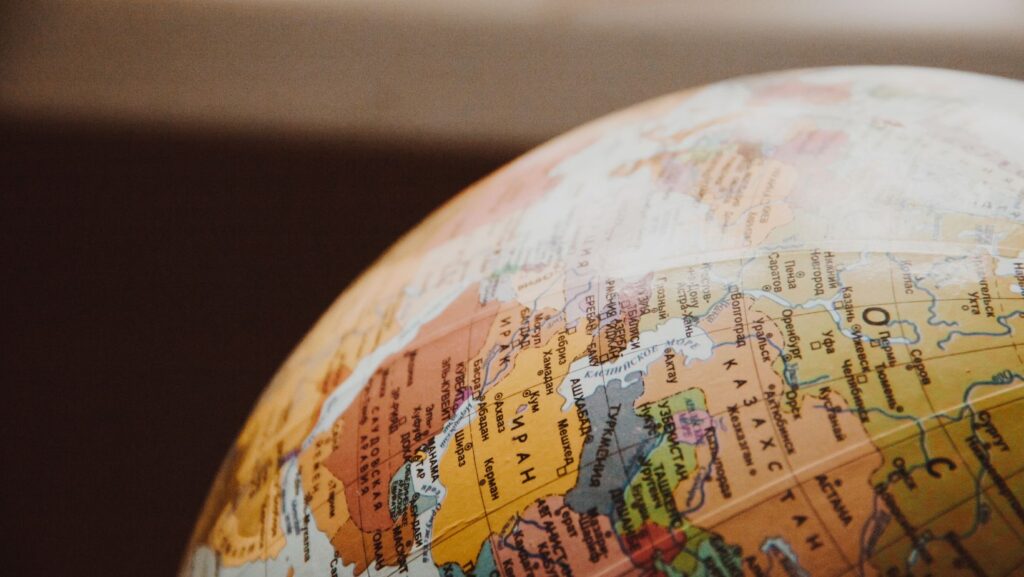Drawing:w0gjejpvcdc= Earth

Drawing Earth isn’t just an artistic endeavor; it’s a journey into understanding the planet’s intricate beauty and complexity. From the vast blue oceans to the sprawling green forests, capturing Earth’s essence on paper can be both challenging and rewarding. Artists and hobbyists alike find joy in translating the planet’s diverse landscapes into unique visual expressions.
For those eager to embark on this creative adventure, understanding the basics of Earth drawing is crucial. It’s not just about replicating what one sees but interpreting the world through a personal lens. Whether it’s a detailed map or a whimsical rendition of the planet, each drawing tells a story of the artist’s connection to Earth. By exploring different techniques and perspectives, anyone can create a masterpiece that reflects their appreciation for the world we call home.
Understanding Drawing Earth

Understanding drawing Earth involves grasping essential elements like geography, perspective, and light. Depicting landmasses and oceans accurately provides a solid foundation. Artists benefit from studying maps and satellite images, which reveal the planet’s diverse terrains and structures.
Visualizing perspective enhances the depth and realism of Earth drawings. Mastering this skill requires knowledge of horizon lines and vanishing points. It allows artists to portray the curvature of the Earth and the vastness of landscapes effectively.
Integrating light and shadow is crucial in capturing the dynamic nature of Earth. Light sources and their interaction with surfaces create depth and mood in drawings. Artists achieve lifelike rendering by observing natural phenomena like sunlight reflecting off water or casting tree shadows.
These foundational techniques build an artist’s capability to produce unique Earth representations.
Materials Needed for Drawing Earth
A variety of materials helps artists convey Earth’s beauty on paper. Tools range from basic pencils to intricate color options.
Pencils and Pens
Graphite pencils are essential for sketching outlines and defining shapes. A range of hardness, from 2H to 8B, allows detailed shading and textures. Fine-line pens add precision, useful for intricate details like coastlines and terrain lines.
Color Options
Colored pencils offer versatility in merging hues for vibrant landscapes. Watercolors enable soft, flowing effects, ideal for drawing atmospheric elements. Pastels provide rich, bold colors, useful for accentuating Earth’s dynamic features.
Techniques for Drawing Earth
Understanding basic techniques is crucial for artists aiming to capture Earth’s essence in their drawings. These techniques provide a strong framework, helping artists translate their vision onto paper.
Basic Shapes and Outlines
Creating Earth’s outline involves sketching simple geometric shapes like circles and ellipses. These shapes serve as the foundation for illustrating the planet’s curvature. By refining these shapes, artists can develop more intricate coastlines and continent forms. It’s beneficial to study globe images, which aid in visualizing accurate proportions and positions.
Shading and Texturing
Shading adds depth and dimension, bringing Earth’s features to life. Artists use varying pencil pressures to create light and dark contrasts, mimicking the planet’s diverse landscapes. Texture, essential for realism, involves different tools—such as stippling with pens for rugged landscapes or blending tools for smooth skies. By meticulously layering these techniques, artists can effectively portray mountains, forests, and oceans with realistic textures.
Common Mistakes to Avoid
Inconsistency in Scale: Achieving accurate proportions between continents and oceans is vital. When artists overlook scaling, it distorts the planet’s visual integrity. Studying maps and satellite imagery helps maintain proportion.

Ignoring Perspective: Earth’s curvature and vastness require understanding perspective principles. Neglecting horizon lines and vanishing points results in flat, unrealistic drawings. Practicing perspective techniques enhances depth.
Neglecting Light and Shadow: Dynamic renderings depend on correctly integrating light sources and shadows. Omitting these elements makes drawings lifeless. Observing natural lighting conditions improves realism.
Overcomplicating Details: Beginning artists often add excessive detail too early, which complicates the drawing. Starting with basic shapes and gradually refining them keeps focus on essential structures.
Using Limited Materials: Diverse textures and colors convey Earth’s intricacy. Relying solely on one medium limits expression. Combining pencils, pens, and colors enriches the visual representation.
Failing to Plan: A well-thought-out plan guides the drawing process. Without a clear strategy, artists may lose cohesion. Preparing a step-by-step approach streamlines the workflow and enhances the outcome.

